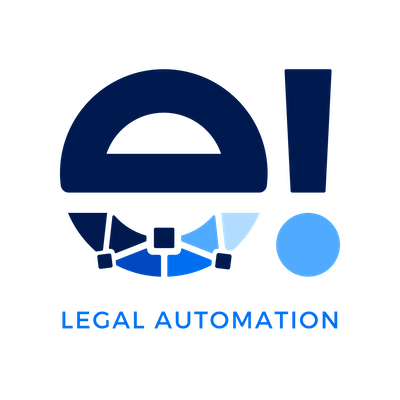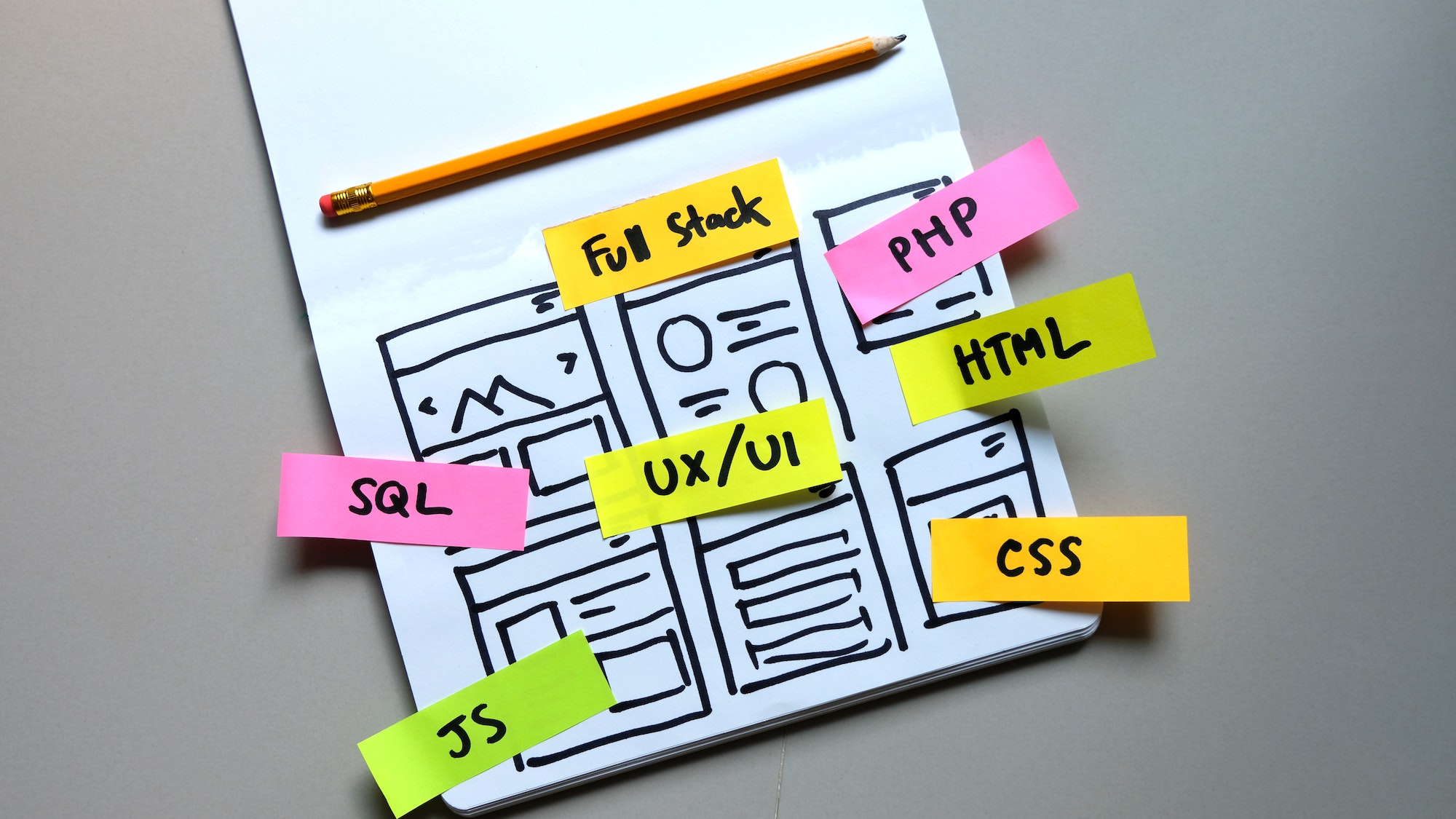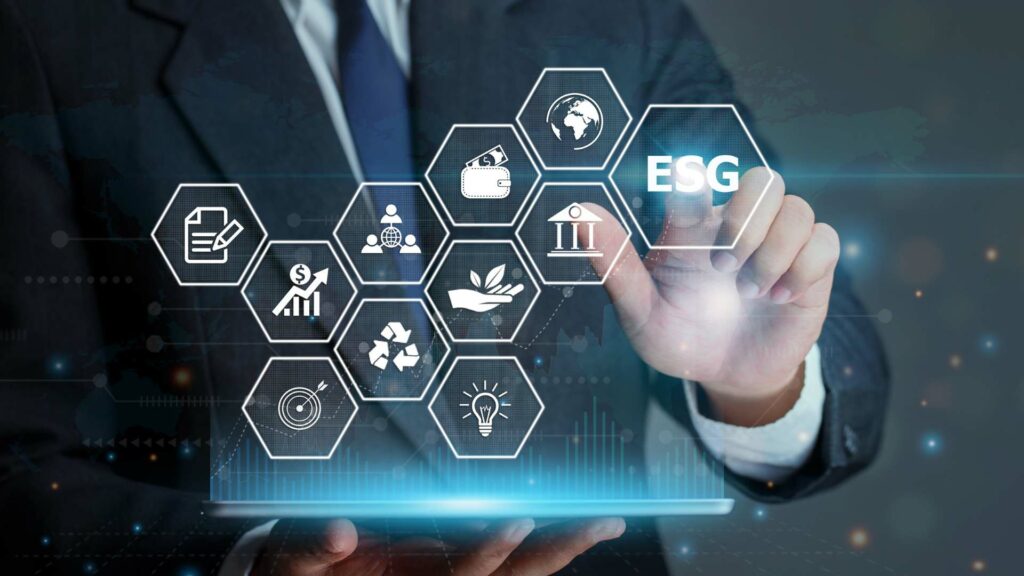UX/UI Design integration in No-code Legal Automation tools is bringing in a new era in the legal sector. Complex legal processes are being transformed into intuitive and accessible experiences by combining technology and human-centred design concepts. This ground-breaking strategy is not just increasing efficiency, but also redefining how legal services are envisioned and provided.
Understanding the Intersection of UX/UI Design and No-code Legal Automation
UX/UI (User Experience/User Interface) design and legal automation may seem like two separate worlds, but they are increasingly intersecting in today’s digital age. This intersection is not just a mere coincidence; it’s a deliberate fusion that creates a synergy capable of revolutionizing the way legal services are delivered.
UX/UI design is the art and science of creating an efficient experience for the user. It takes into consideration the user’s emotions, perceptions, reactions, and overall satisfaction when interacting with a product. This means that a UX/UI designer has to delve deep into understanding the user’s needs, desires, abilities, and limitations.
Legal automation, on the other hand, refers to the use of technology to streamline or automate legal processes. It involves the digitization of tasks, such as drafting documents, managing cases, or maintaining legal compliance, thus reducing the need for manual labour and increasing efficiency.
The integration of UX/UI design into legal automation, especially in the no-code environment, has allowed for the creation of tools that can be manipulated and tailored even by those with little to no technological knowledge. It has allowed legal professionals to participate actively in the design process, ensuring that the automation serves their specific needs and preferences. By focusing on user-centred design principles, the complexity of legal procedures can be broken down into digestible, intuitive steps. It brings the legal world closer to those who are not experts in law, making services more accessible and user-friendly.

Simplifying Complex Legal Processes
Legal processes are typically shrouded in complex language and convoluted procedures that can be intimidating for the average person. This complexity leads to confusion and alienation, often creating barriers between legal professionals and clients.
UX/UI design has a transformative role in bridging this gap. By applying human-centered design principles to legal automation, these processes can be demystified and made more intuitive. A well-designed UI can guide users through a legal process step by step, providing contextual help, feedback, and validation along the way.
For instance, incorporating elements like visual cues, tooltips, progressive disclosure, and logical navigation can reduce the cognitive load for the user. It’s about designing a flow that makes sense to the user, not just the legal expert. Whether it’s helping users understand legal terminology through simplified language or guiding them to complete legal forms with interactive elements, UX/UI design can make complex legal processes accessible to everyone.
Improving Accessibility in Legal Automation
Accessibility goes beyond simplifying processes; it’s about ensuring that all users, regardless of their physical abilities or technological proficiency, can fully engage with the product. In legal automation, this commitment to inclusivity is crucial.
By following the principles of inclusive design, UX/UI designers can create interfaces that cater to a wide audience, including users with disabilities. Features like color contrast, font readability, keyboard navigation, and voice command compatibility not only serve those with specific needs but also contribute to an overall better user experience for everyone.
Legal services should not be exclusive to those who are tech-savvy or without disabilities. Whether it’s designing an online portal for filing legal documents or creating a chatbot that can guide users through legal queries, the focus should be on universal design. By prioritizing accessibility in legal automation, law firms can demonstrate a commitment to equality and social justice.

Enhancing User Experience with UX/UI Design in Legal Automation
The user experience in legal automation is more than just the user interface; it encompasses the entire journey a client takes. This journey often involves dealing with stressful and complex issues, making the need for a user-friendly process all the more critical.
By employing UX/UI design principles, legal automation tools can be crafted to be not only efficient but also empathetic. Providing clear guidance, personalized feedback, and even emotional support through well-designed content can make a significant difference in user satisfaction.
Features like live chat support, AI integration, contextual FAQs, and progress trackers can instil confidence and reduce anxiety. Integrating human-like elements, even in automated processes, can foster trust and create a more engaging and reassuring experience.
Client retention and loyalty are not merely the result of efficient legal solutions but are strongly tied to the emotional connection and perceived value. UX/UI design’s human-centric approach ensures that legal automation is not only about functionality but about fostering positive relationships and experiences.
The Future of UX/UI Design in Legal Automation
The integration of UX/UI design in legal automation tools is still in its nascent stages, but its potential is beyond measure. We are only scratching the surface of what’s possible at the confluence of these two fields.
As more law firms see the value and impact of UX/UI design in service delivery, it is likely to become a norm in the sector. Moreover, with the rise of AI, machine learning, and other emerging technologies, we can expect to see even more innovative applications that blend legal acumen with design thinking.
Conclusion
In conclusion, the synergy between UX/UI design and legal automation signifies a transformative phase for both the legal and tech industries. It’s about creating tools that are not just efficient and functional but also empathetic and inclusive.
The benefits of UX/UI design in no-code legal automation extend far beyond simplifying complex processes. They encompass improving accessibility, enhancing overall user experience, fostering client retention, and paving the way for futuristic innovations.
As we move forward, the role of UX/UI design will only amplify, shaping the way legal services are conceptualized, developed, and delivered. It’s indeed an exciting time for all those invested in leveraging technology to create more humane and responsive legal systems.






